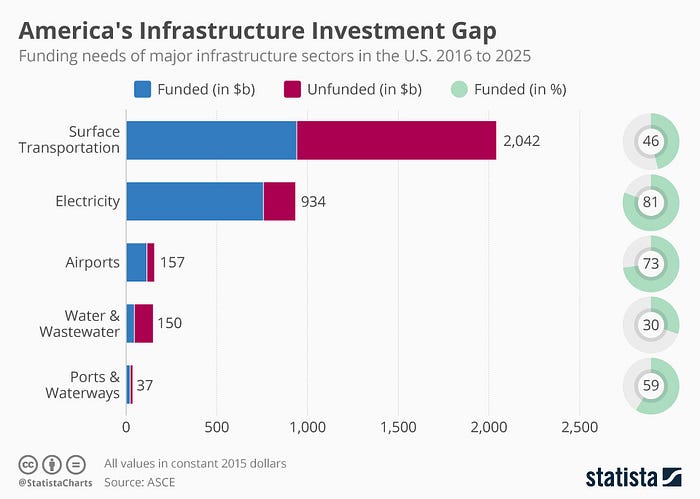Technology has advanced further than ever, when I speak the language everyone speaks, interacts with, and loves, certain groups during World War 2 like the British led by Alan Turing created "Bomba" that secretly broke cryptographic messages of the Nazi Enigma Machines. This proves that natural languages amongst us have always been able to be digitized and that technology has been helpful for periods of time. The difference between the current times and those before us is that everyone was scared of the technology they were forced to listen to back then. While in recent times everyone has a device or machine around them of some sort.
Data showing the movement of Artificial Intelligence shows the same promise as the Industrial Revolution. $15.7 trillion to global GDP estimated around 2020 which is still hard to prove how much the dollar value holds equivalent to Advanced Artificial Intelligence. Data and Money attract AI talent from the top creating a bubble around industry leaders while the government and CEOs want policy guidance, the lack of attention to the fine education of Advanced AI Technology has grown.
Advance Artificial Intelligence is the deciphering of biology within AI
To break the technical Understanding of Artificial Neural Networks:
The foundation of deep learning is the artificial neural network (ANN), which is a type of machine-learning model that is inspired by the structure and function of the human brain. ANNs consist of layers of interconnected nodes, or "neurons," which process and transmit information.
The input layer receives data, and the output layer produces the final output or prediction. In between, multiple hidden layers may help extract valuable features from the input data and make the final prediction. There are three main types of deep learning: supervised, unsupervised, and reinforcement learning.
Advancements in neural networks include the development of new architectures, such as deep neural networks (DNNs) and extended short-term memory networks (LSTMs), which have been successful in tasks such as image classification and natural language processing.
This century's AI is likely to be transformative to precipitate a transition comparable to the agriculture or industrial revolution, given current uncertainties about which capabilities will have the greatest impacts however it can be used to attend to a broad range of potential capabilities. We should ask ourselves 2 important questions, what is the purpose behind this post-Industrial Revolution? And what could be the outcome?
The human brain is like no other brain in existence the functionalities we hold on to are the ones that animals lack, our developments around general intelligence of developing languages, technology, and complex social groups. At which the size of the problem being faced with advanced artificial intelligence we will not have a second chance to correct mistakes if too much time passes by.
To understand our human nature diversifying groups based on looks, race, gender, religion, and so on, within the ungoverned advance of AI, the public will be tracked and traced based on their information.
Though many of us in the world think in different patterns and many forms when it comes to information, there is a thought process and a process of thinking (input/output = result) along with the attitudes towards things that exist within our ecosystems.
As John Searle once said "The world relies on relative observers", things that exist regardless of what we think.
Understand the powers of existing databases and search results that get specific information about a person such as a name, sex, addresses, ID numbers, location, email, apps, messages, photos, posts, and contacts. As the manipulation becomes worrisome with Artificial Intelligence needs big data one can hope for proper ethics to deal with data transactions amongst businesses and government officials. Businesses such as Facebook have already been a top threat to the privacy of users' data, and other companies trying to replace their corporate systems with integrated systems without understanding the proper education of the subject at hand.
With the focus being on stakeholders the data becomes a weapon amongst all univariates on the planet we call Earth, categorizing each variable (person) and grouping them into systematic groups based on religion, income, and social presence while creating a new form of diversification, that really forces those into Neoliberalism.
*This is how the internet we once knew was stolen which forced the new age of digital structure*
There is a split between the universes in which the receiver can not understand their subjective universe between the objective universe, meaning the current use of algorithms has fogged the perception and the world surrounding the physical realm. We are not a program of clarifying things based on “events and spacetime”. Shifting us into wanting to be unlimited and exist outside of the physical world such as artificial intelligence which makes the possession of the newest innovation such a must to grasp hold of but it is not one of possibility so those of the rich and the 1% race until we can do nothing but tank civilization.







